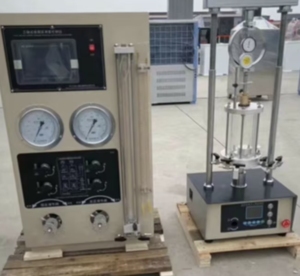What Role Do Soil Moisture-Holding Capacity Tests Play in Selecting Drought-Tolerant or Water-Loving Crop Varieties?
Water is one of the most critical factors in crop production, and its availability in the soil can determine the success or failure of a growing season1. That’s why testing the moisture-holding capacity of soil2 has become an essential step in modern, climate-smart agriculture. By understanding how much water soil can store and release to plants, farmers can select crop varieties best adapted to local moisture conditions3—from drought-hardy species to water-loving staples.
Measuring Soil Moisture-Holding Capacity and Its Significance
Soil moisture-holding capacity refers to the amount of water a soil can retain and make available to plants. It depends on factors like soil texture, organic matter content, porosity, and structure4.
Key Moisture Metrics:
- Field Capacity5: Maximum water soil can hold after drainage.
- Permanent Wilting Point: The point at which plants can no longer extract water.
- Available Water Capacity (AWC)6: The difference between field capacity and wilting point—the usable water for crops.
Typical Moisture-Holding Capacities by Soil Texture
| Soil Type | Available Water (mm/m) | Moisture-Holding Capacity |
|---|---|---|
| Sand | 25–75 | Low |
| Loam | 100–175 | Medium |
| Clay | 150–250 | High |
| Silt Loam | 175–250 | Very High |
Understanding these numbers helps farmers match crops to the soil’s water profile, avoiding over-irrigation or crop stress.
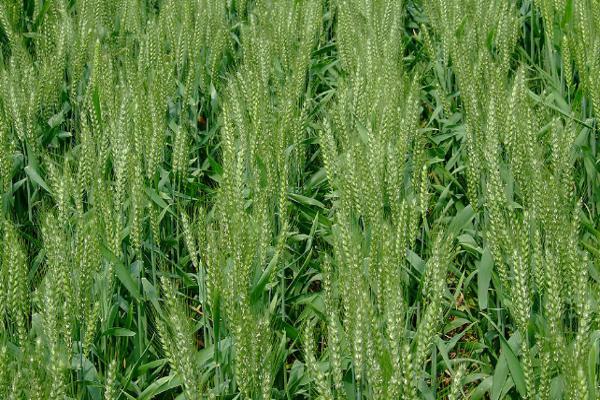
Crop Variety Adaptations to Varying Soil Moisture Conditions
Different crops—and even different varieties within the same crop—have evolved unique traits to cope with moisture extremes.
Crop Types by Water Needs
| Crop Category | Examples | Soil Preference |
|---|---|---|
| Drought-Tolerant | Sorghum, Pearl Millet, Cowpea | Sandy, well-drained soils |
| Moderate Water Demand | Maize, Cotton, Wheat | Loamy soils with moderate AWC |
| Water-Loving Crops | Rice, Sugarcane, Taro | Clay or silty soils with high AWC |
Some varieties have deeper roots, others close stomata quickly under drought, and some rely on aerenchyma tissues to grow in waterlogged fields. Soil moisture tests help determine which varieties will thrive naturally, minimizing stress and maximizing yields.
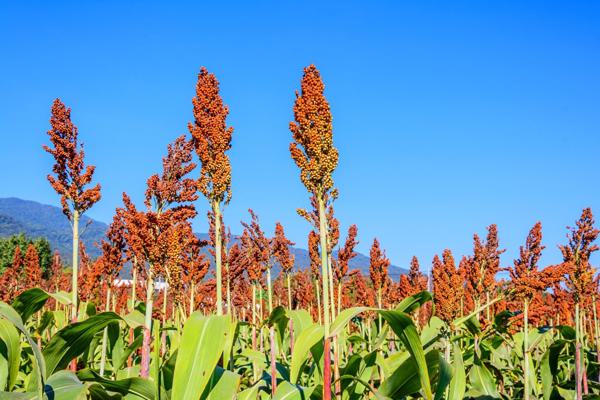
Using Moisture-Capacity Test Results to Choose Appropriate Crop Varieties
Once moisture-holding capacity is measured, the next step is to align crop choice with what the soil can realistically support—especially in rainfed systems or areas with unreliable irrigation.
Matching Example
| Soil Type | AWC (mm/m) | Recommended Crop Type | Variety Suggestion |
|---|---|---|---|
| Sandy Loam | 60 | Drought-tolerant legumes | Cowpea ‘Kakamega’ |
| Silty Loam | 200 | High-yield cereals | Hybrid rice ‘IR64’ |
| Clay | 240 | Water-loving root and tuber crops | Taro ‘Lehua Maoli’ |
This strategy ensures that plants receive optimal moisture naturally, reducing dependency on irrigation while protecting yield potential.
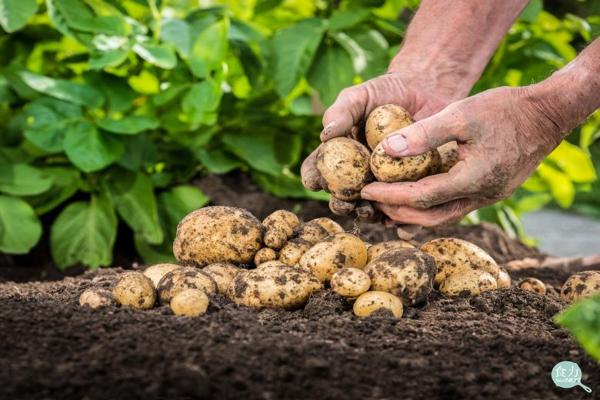
Balancing Water Resources and Crop Production Through Variety Selection
With climate change driving erratic rainfall patterns and water scarcity7, balancing water availability and crop choice is more important than ever.
Soil moisture-holding capacity tests enable:
- Smart land use8: Assigning water-loving crops to areas with better retention.
- Efficient irrigation planning9: Knowing when and how much to irrigate.
- Reduced crop failure: Matching stress-tolerant crops to dry, marginal soils.
- Conservation agriculture: Minimizing water loss through appropriate cover and rotation.
Water-Efficiency Strategy Table
| Approach | Impact |
|---|---|
| Planting deep-rooted crops in loamy soils | Improves water uptake and drought resilience |
| Matching low AWC soils with fast-maturing crops | Reduces water stress period |
| Avoiding water-loving crops on sandy soils | Prevents crop stress and irrigation waste |
By tailoring variety selection to soil moisture conditions, farmers can maximize water productivity, enhance food security, and contribute to climate-resilient agriculture.
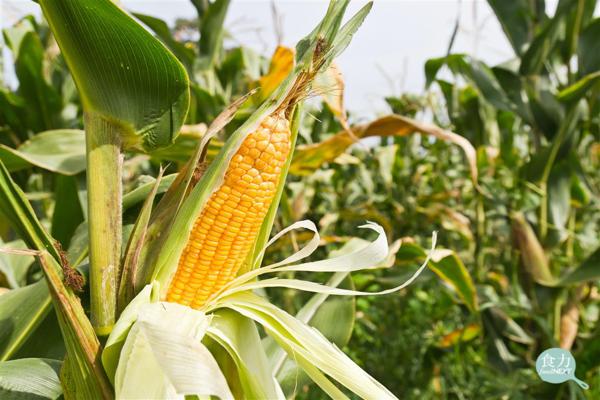
Conclusion
Soil moisture-holding capacity tests are a powerful tool in the hands of today’s farmers. They offer a science-backed way to select crops that fit the land’s natural water supply, leading to better yields, smarter water use, and more sustainable food systems. In a world where every drop counts, the right test—and the right crop—can make all the difference.
-
Understanding these factors can help farmers improve their crop yields and adapt to changing conditions. ↩
-
This resource will provide insights into soil management practices that enhance crop productivity. ↩
-
Exploring this can help farmers choose the right crops for their specific environment, optimizing yield and sustainability. ↩
-
Understanding these factors is crucial for improving soil health and crop yield. Explore this link for in-depth insights. ↩
-
Field capacity is essential for effective irrigation practices. Learn more about its significance and measurement. ↩
-
AWC is vital for optimizing water use in agriculture. Discover how to calculate and utilize it effectively. ↩
-
Understanding these effects can help in developing strategies to mitigate climate change impacts on farming. ↩
-
Exploring smart land use practices can lead to more sustainable farming and better resource management. ↩
-
Learning about efficient irrigation can enhance crop yields while conserving water resources. ↩






